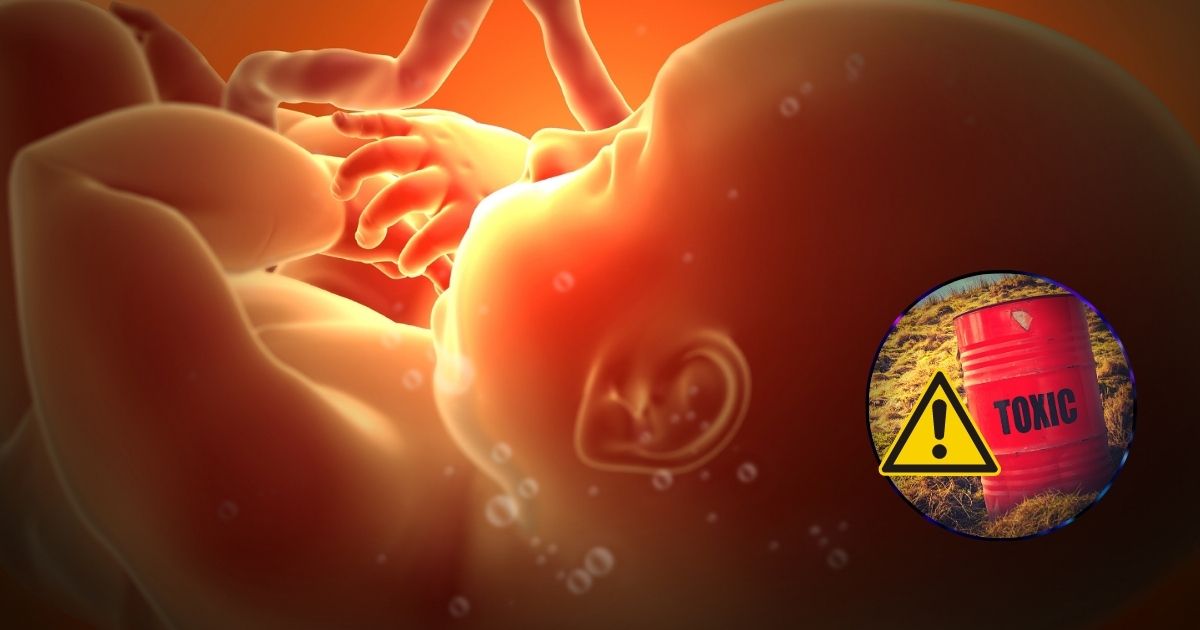New insights into the effects of environmental chemicals on hearing loss have emerged as researchers at the Beckman Institute for Advanced Science and Technology combined music, mice, and microscopic imaging in their study. The team discovered that early exposure to polychlorinated biphenyls (PCBs), a carcinogenic compound found in industrial and consumer products, hindered mice’s ability to recover from sound-related trauma later in life. The findings were published in the Journal of Neuroscience.
PCBs, although banned in the United States since 1979, persist in the environment due to their stable chemical structure and are commonly consumed through contaminated fish. The research team, led by Dr. Daniel Llano, an associate professor in the Department of Molecular and Integrative Physiology at the University of Illinois Urbana-Champaign, emphasized the danger of PCB exposure during pregnancy as the chemicals can cross the placenta and affect the developing fetus.
“The most sensitive period in pregnancy for these types of developmental exposures is typically early in the pregnancy, in the first trimester. But PCBs as chemical entities are very permeant to all sorts of membranes. They can cross the placenta and they can get into the brain. That makes them particularly dangerous throughout all phases of pregnancy.”
–Dr. Daniel Llano
The study built upon previous work by Susan Schantz, a professor emerita in the Department of Comparative Biosciences, who had explored the effects of PCBs on the developing auditory system and found that rats treated with PCBs exhibited seizures in response to certain sound levels. Collaborating with Schantz and Baher Ibrahim, a research scientist in the Department of Molecular and Integrative Physiology, Dr. Llano investigated how PCBs alter hearing and their interaction with later acoustic trauma.
Shifting their focus to the inferior colliculus, a brain region involved in auditory processing, the researchers utilized multiphoton imaging to study individual neurons in the mice’s brains. They discovered that PCBs, in combination with noise exposure, caused damage to the inferior colliculus. Interestingly, the team observed a decrease in neuronal excitability, a novel finding that expanded understanding of the effects of PCBs on hearing.
To unravel the mechanisms behind these changes, the researchers conducted chemical analysis and identified oxidative stress, a cellular process triggered by sickness or toxin exposure, as a key factor. Mice with higher levels of the intrinsic protective system experienced less damage to the inferior colliculus, suggesting that PCBs and noise lead to an excess of oxidative stress, impairing the auditory system’s ability to recover from acoustic trauma.
Dr. Llano highlighted the potential consequences of combined exposure to PCBs and sound, emphasizing the vulnerability of individuals exposed to PCBs during development and later subjected to significant occupational or recreational noise. The study’s unique approach of examining the combined effects of two exposures, rather than isolated exposures, provides valuable insights for future toxicology studies.
Future Research
Moving forward, the research team plans to further investigate the connections between PCB exposure, noise exposure, and hearing loss. Although oxidative stress appears to play a critical role, the scientists aim to measure oxygen radicals in the tissues to confirm their involvement. The study’s continuation will take place at the Beckman Institute, where the initial collaboration between Dr. Llano and Dr. Schantz facilitated their research.
“Dr. Llano and I have now co-mentored a graduate student and three postdocs who have carried this research forward. We are about to embark on the next stage of our collaboration, co-mentoring a fourth postdoc who will study the microvasculature of key brain regions after PCB and noise exposure.”
–Dr. Susan Schantz
Dr. Schantz expressed her enthusiasm for the study’s progress, noting the collaborative nature of the research conducted at Beckman. The close proximity of their offices enabled seamless collaboration across different departments and sparked innovative ideas. The team’s future endeavors include mentoring graduate students and postdoctoral researchers to explore the microvasculature of key brain regions affected by PCB and noise exposure.
Reference:
- Ibrahim, B. A., et al. (2023) Developmental exposure to polychlorinated biphenyls prevents recovery from noise-induced hearing loss and disrupts the functional organization of the inferior colliculus. JNeurosci. doi.org/10.1523/JNEUROSCI.0030-23.2023.
Source: University of Illinois Beckam Institute






